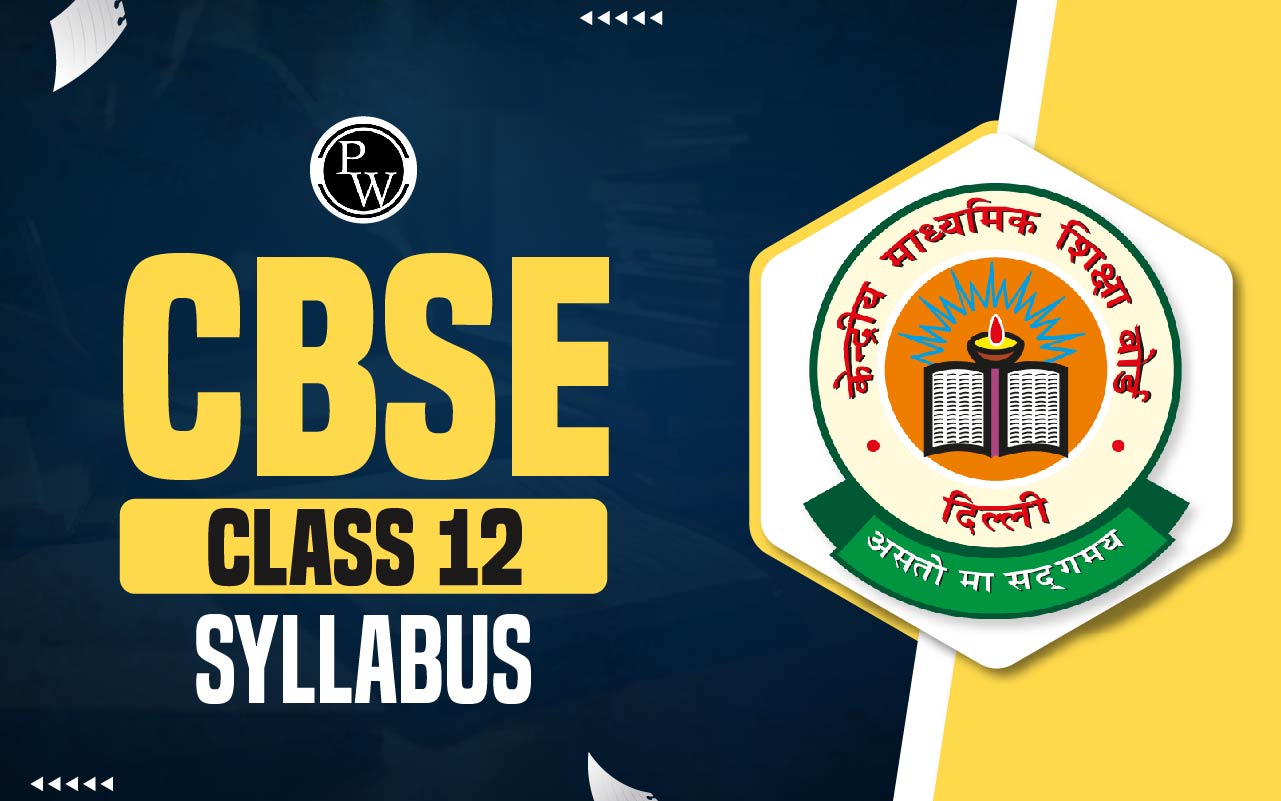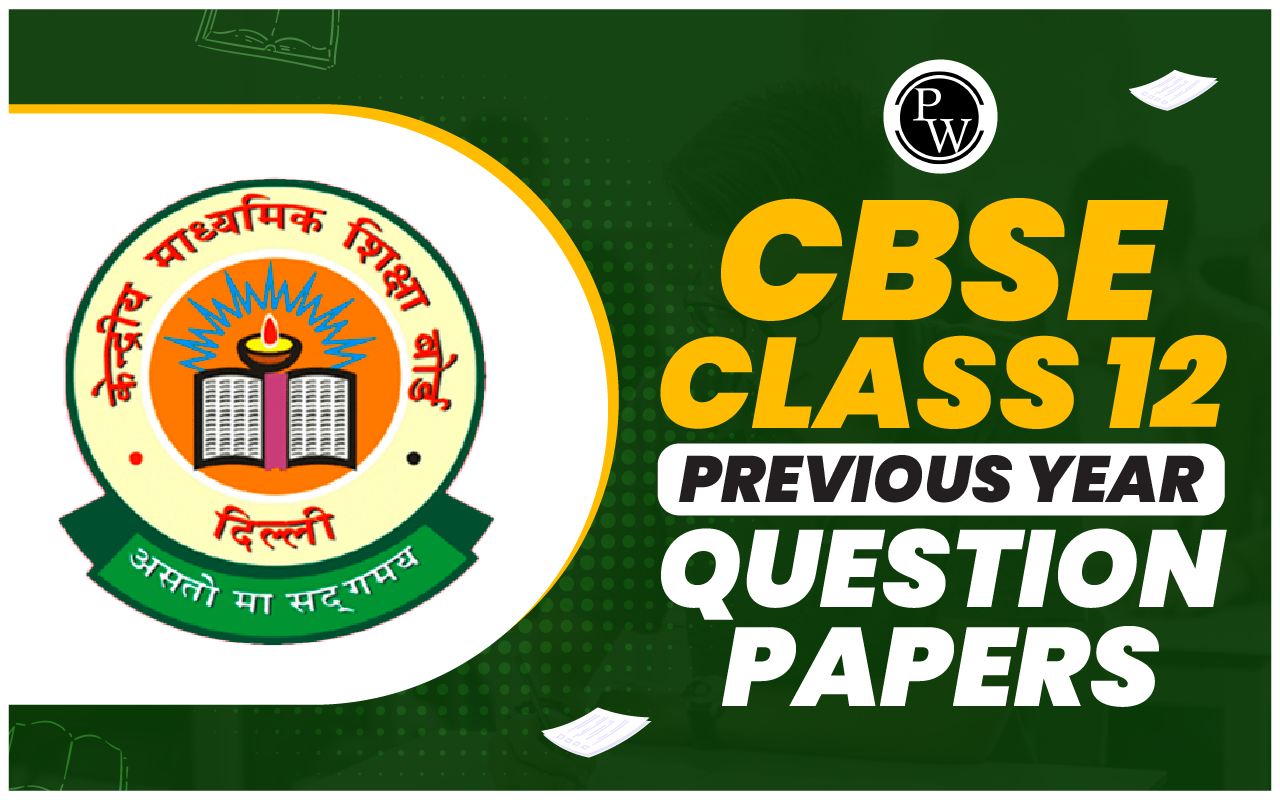Here are the notes for CBSE Class 12 Physics Chapter 4 Moving Charges and Magnetism. This chapter explain the behavior of electric charges in motion and their interactions with magnetic fields.
These notes provide a detailed overview to help students understand the core concepts and applications of magnetism in various contexts.

CBSE Class 12 Physics Notes Chapter 4: Here are the notes for CBSE Class 12 Physics Chapter 4 Moving Charges and Magnetism. This chapter explains how moving electric charges create magnetic fields and how these fields interact with other charges and currents.
It covers key concepts like the Biot-Savart law and Ampere's Circuital Law, which describe the creation and measurement of magnetic fields. These notes are designed to help students understand the relationship between electricity and magnetism in a clear and simple way.CBSE Class 12 Physics Notes Chapter 4 Moving Charges and Magnetism Overview
These notes are prepared by subject experts of Physics Wallah for CBSE Class 12 Physics Chapter 4, Moving Charges and Magnetism. They explain how moving electric charges create magnetic fields and the basic rules that control their interactions. The notes cover important topics like the Biot-Savart law, Ampere's Circuital Law, and how devices like solenoids and galvanometers work. The goal is to make these complex ideas easier to understand and help students learn how electricity and magnetism are connected.CBSE Class 12 Physics Notes Chapter 4 PDF
The PDF link for CBSE Class 12 Physics Notes Chapter 4 Moving Charges and Magnetism is available below. It is an essential resource for students seeking to deepen their understanding of the relationship between electricity and magnetism.CBSE Class 12 Physics Notes Chapter 4 Moving Charges and Magnetism PDF
CBSE Class 12 Physics Notes Chapter 4 Moving Charges and Magnetism
Strength of Magnetic Field
The strength of a magnetic field, also known as magnetic field intensity or H , measures the contribution of an external current to the magnetic field. It is represented as a vector quantity and is measured in amperes per meter (A/m). The relationship between magnetic field intensity ( H ) and magnetic flux density ( B ) is given by the equation:where:
- B is the magnetic flux density,
- μ is the magnetic permeability of the medium,
- M is the magnetization of the material.
Biot-Savart's Law
Biot-Savart's Law describes the relationship between electric currents and the magnetic fields they generate. It provides a method to calculate the magnetic field produced by a current-carrying conductor. According to this law, the magnetic field ( B ) at a point in space due to a small segment of current ( I d ) is determined by the vector product of the current segment and the unit vector pointing from the segment to the point of observation.What Is Lorentz Force?
The Lorentz force is the total force experienced by a charged particle moving through electric and magnetic fields. It combines the effects of both fields on the charge. The Lorentz force ( F ) is given by the equation:F= q(v * B + E) (This acts normal to v and the work done by it is zero)
where:- q is the charge of the particle,
- v is the velocity of the particle,
- B is the magnetic field,
- E is the electric field,
- × denotes the cross product between velocity and magnetic field.
Cyclotron Frequency
Cyclotron frequency refers to the frequency at which a charged particle orbits in a magnetic field. When a charged particle moves in a plane perpendicular to a uniform magnetic field, it experiences a centripetal force due to the magnetic field, which causes it to move in a circular path. The frequency of this circular motion is called the cyclotron frequency.Ampere’s Circuital Law
Ampere’s Circuital Law relates the magnetic field around a closed loop to the electric current passing through the loop. The law states that the integral of the magnetic field ( B ) around a closed path ( C ) is directly proportional to the total current ( ) passing through the surface ( S ) bounded by that path. Mathematically, the law is expressed as:Benefits of CBSE Class 12 Physics Notes Chapter 4 Moving Charges and Magnetism
- Comprehensive Understanding : The notes provide a thorough explanation of fundamental concepts such as the force on a moving charge, magnetic field strength, and the Biot-Savart Law. This comprehensive coverage helps students build a solid foundation in electromagnetism.
- Clear Explanations : Concepts like Lorentz force, cyclotron frequency, and Ampere’s Circuital Law are broken down into simple, easy-to-understand explanations. This clarity helps students grasp complex topics more effectively.
- Illustrative Examples : The notes include various examples and applications, such as calculating magnetic fields and understanding the motion of charged particles. These examples help students see practical applications of theoretical concepts.
- Mathematical Formulas : The notes provide important formulas and equations, such as the Lorentz force equation and the formula for magnetic field strength. This inclusion is crucial for solving problems and performing calculations in exams.
CBSE Class 12 Physics Notes Chapter 4 Moving Charges and Magnetism FAQs
What is the difference between a magnetic field and magnetic flux density?
Magnetic field (denoted 𝐵) is a vector field that represents the force exerted on moving charges. Magnetic flux density, also B represents the amount of magnetic field passing through a unit area perpendicular to the field. Both terms are often used interchangeably in different contexts.
What is the right-hand rule in magnetism?
The right-hand rule is a mnemonic for determining the direction of the magnetic force. If you point your thumb in the direction of the velocity of a positive charge and your fingers in the direction of the magnetic field, then your palm will face the direction of the force experienced by the charge.
How do magnetic fields affect current-carrying wires?
A current-carrying wire placed in a magnetic field experiences a force perpendicular to both the direction of the current and the magnetic field.
What is cyclotron frequency?
Cyclotron frequency is the frequency at which a charged particle orbits in a magnetic field.
Talk to a counsellorHave doubts? Our support team will be happy to assist you!

Free Learning Resources
PW Books
Notes (Class 10-12)
PW Study Materials
Notes (Class 6-9)
Ncert Solutions
Govt Exams
Class 6th to 12th Online Courses
Govt Job Exams Courses
UPSC Coaching
Defence Exam Coaching
Gate Exam Coaching
Other Exams
Know about Physics Wallah
Physics Wallah is an Indian edtech platform that provides accessible & comprehensive learning experiences to students from Class 6th to postgraduate level. We also provide extensive NCERT solutions, sample paper, NEET, JEE Mains, BITSAT previous year papers & more such resources to students. Physics Wallah also caters to over 3.5 million registered students and over 78 lakh+ Youtube subscribers with 4.8 rating on its app.
We Stand Out because
We provide students with intensive courses with India’s qualified & experienced faculties & mentors. PW strives to make the learning experience comprehensive and accessible for students of all sections of society. We believe in empowering every single student who couldn't dream of a good career in engineering and medical field earlier.
Our Key Focus Areas
Physics Wallah's main focus is to make the learning experience as economical as possible for all students. With our affordable courses like Lakshya, Udaan and Arjuna and many others, we have been able to provide a platform for lakhs of aspirants. From providing Chemistry, Maths, Physics formula to giving e-books of eminent authors like RD Sharma, RS Aggarwal and Lakhmir Singh, PW focuses on every single student's need for preparation.
What Makes Us Different
Physics Wallah strives to develop a comprehensive pedagogical structure for students, where they get a state-of-the-art learning experience with study material and resources. Apart from catering students preparing for JEE Mains and NEET, PW also provides study material for each state board like Uttar Pradesh, Bihar, and others
Copyright © 2025 Physicswallah Limited All rights reserved.
Get App









